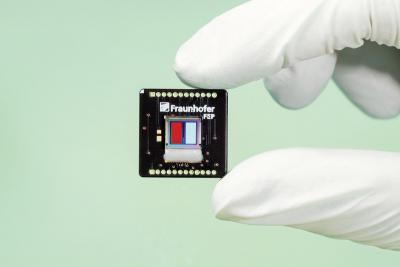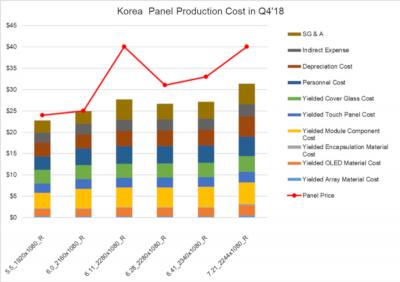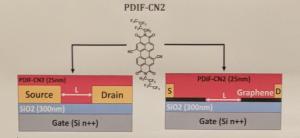LGD to start OLED TV mass production in Guangzhou in Q3 2019, does not commit to pOLED expansion
LG Display reported its financial results for Q4 2018 - it reported an operating profit of â©279 billion ($250 million USD) due to strong shipments of IT panels and OLED TVs. LGD however gave a weak outlook to 2019 (for its LCD business).

LGD says that it will invest $7.1 billion in 2019 in capacity expansion, and $3.5 billion in 2020. It will divert all of its investments into OLED displays - with 60% going to large area OLED TV production and 40% going to small/medium pOLED production.








